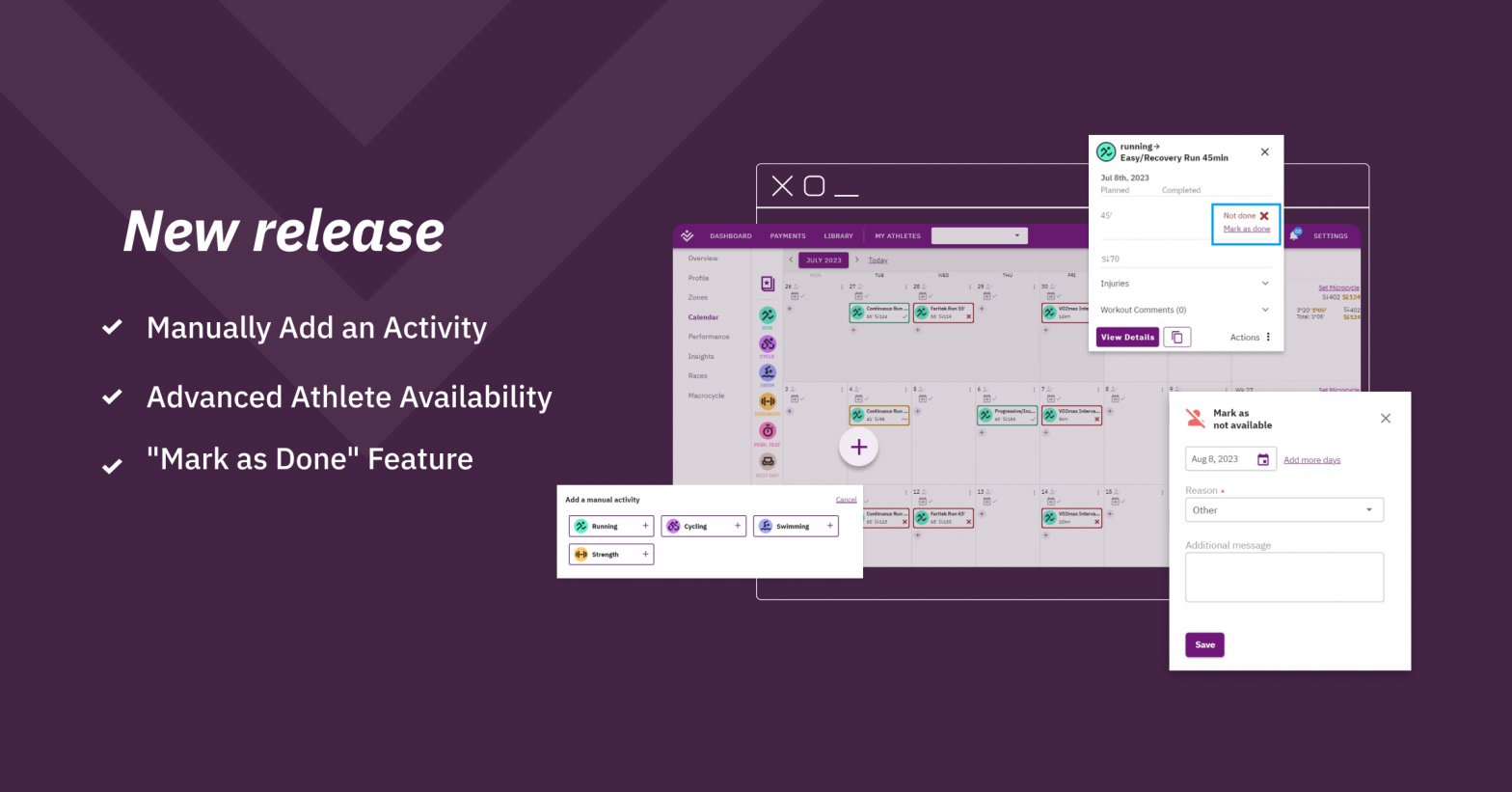Athletic motivation is not something new in the science of psychology; in fact, for several years now, it’s been one of the key chapters in sports psychology. Indeed, the study of motivation in sports is extensive, and coaches have been actively integrating it into the training process; that’s precisely because the scientific data show how important athletic motivation is in the athlete’s psychology. Naturally, it’s directly connected with athletic performance, too. Hence, it comes as no surprise that the course of sports psychology is included in the syllabus of all widely recognized coaching certifications.
Sports Psychology: Breaking down athletic motivation
In simple terms, motivation is the process that explains the inner driving forces that act on each person to create a mood. In turn, this mood sparks a series of behaviors and actions that provide the necessary strength and stamina for a person to achieve their goals and feel good about them.
Likewise, athletic motivation is essentially the driving force in athletes to continue their effort; and, ultimately, achieve their athletic goals. Put another way, it’s the determination, and the desire for training; as well as dedication to the sport.
All in all, sports motivation is divided into the following categories:
Extrinsic or external athletic motivation
This type of motivation drives the athlete to achieve their goals through the sport they engage in. For example, to win a prize or sponsorships and collaborations with companies and brands, etc. To elaborate, the driving force is not achievements in the sport itself; instead, it’s an external incentive — what the athlete can materially gain, through the sport.
Intrinsic or internal athletic motivation
On the other side of the spectrum, there is the internal motivation; that’s where the athlete’s driving force lies in the pleasure and fulfillment they receive from the training process. In other words, internal motivation is not caused by external incentives, but by the athlete’s own need to engage in the sport of their choice.
This type of motivation is divided into three categories, which are as follows (Vallerand 1997):
Inner motivation for learning
This type of athletic motivation refers to the satisfaction and pleasure that the athlete feels when engaging in a sport; mainly, from training, learning new techniques, developing skills or a signature style, etc.
Internal motivation for fulfillment
In this case, it’s the positive emotions the athlete feels from achieving their sports goals, overcoming themselves, mastering a sport, etc.
Internal motivation to experiencing arousal
Finally, this type of motivation refers to specific biochemical processes that create the feelings of exhilaration and joy — even euphoria — when the athlete performs the sport they’re passionate about.
Something to note, although external athletic motivation — when used correctly — can be beneficial to athletes, ideally, coaches should mostly aim to stimulate their athlete’s internal motivation.
The importance of sports motivation in the athlete-coach relationship
According to what we’ve mentioned so far, athletic motivation is not only important to help the athlete perform well in their sport, but also help the coach implement the optimal training program for them. That is to say, through this intimate cooperation, the athlete remains focused on their goal; and continues training systematically, under their coach’s instructions, despite the demands of everyday life. This helps the coach do their job seamlessly. Also, it promotes trust and strengthens the athlete-coach relationship.
When the going gets tough
However, from time to time, it’s only natural for the athlete to reach a point of fatigue that makes them lose their focus; thus, their athletic motivation fades. More often than not, they end up not enjoying the training process as much as before.
Even though this phenomenon is frequent, it should not go unnoticed by the athlete; and, nor by the coach. When the athlete reaches the point of feeling that the training process is more of a chore than a fun activity, it’s possible that they give up the sport, eventually. In any case, the athlete should first share these feelings with their coach, to help them see things in perspective; to rediscover their inner flame, and get back on track.
To that end, the coach has to direct their athlete’s focus back on their long-term goals; and, through them, to help them redefine their internal athletic motivation. Through this process, the athlete may discover a newfound meaning in the training process.
Every coach should keep in mind though, that it may take time for the athlete to jump into training at full-throttle. There may be occasions when the athlete will take a step back; if only to focus again on the big picture, with their coach’s help.
By all means, the coach should try to rekindle their motivation; by highlighting their athletic journey, and everything they’ve achieved so far. Besides, to become a better athlete, one must devote a lot of time and effort to their sport.
Keeping athletic motivation alive
It goes without saying; motivation is a very personal matter, and every athlete has their own motivation for engaging in a sport. It’s of utmost importance — for both the coach and the athlete — to try and keep the athletic motivation alive, for the most part; so that the athlete can continue to enjoy the training journey, and dedicate themselves to pursuing and achieving their goals. Difficult days will come and motivation will start to decline. But, with a little help from their coach, they can manage to actively return and become even stronger than before.


